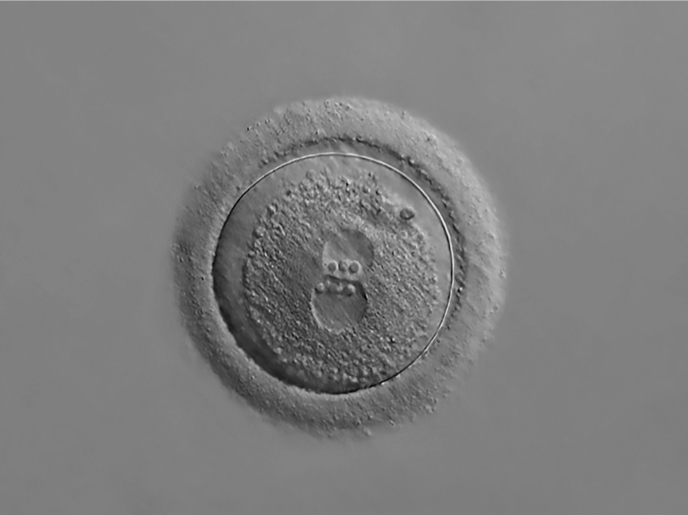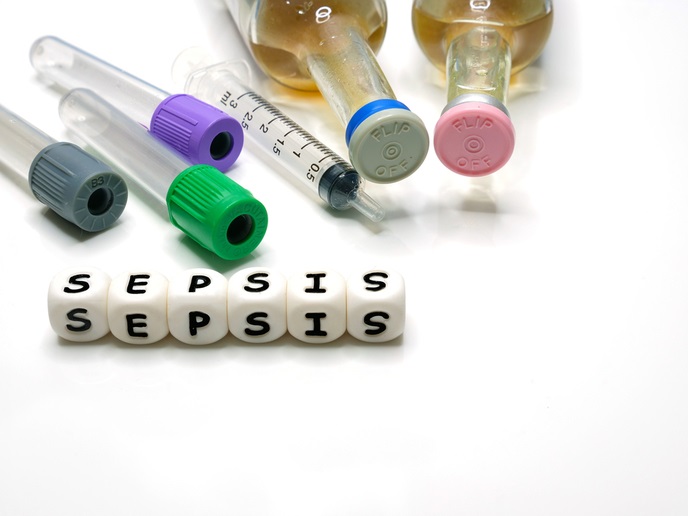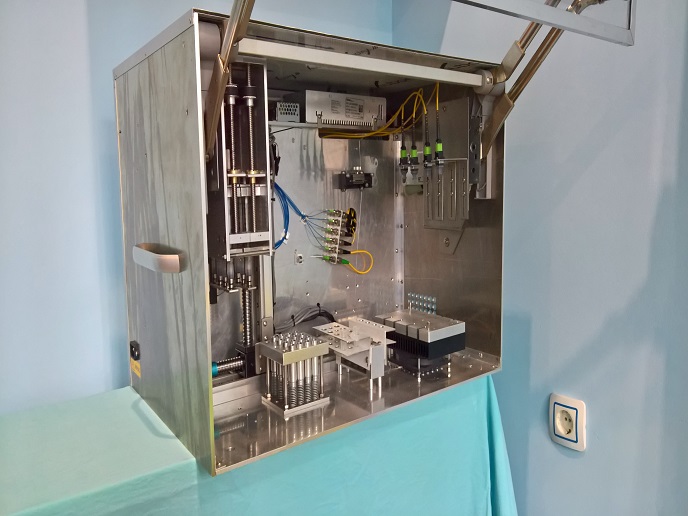Jumping genes bridge the information gap
Sequencing DNA is the easy part of unravelling the genetic secrets of life. Actually defining the function of a gene is the difficult part. Scientists have been trying to narrow this information gap for some time. Recently, the JUMPY project has made considerable progress using an ingenious combination of state-of-the-art genomic techniques. The researchers used an efficient vehicle to move foreign genes into the western clawed frog, Xenopus. The 'Sleeping beauty' (SB) transposon system is a non-viral gene carrier system that can insert a new sequence into the genome. For the JUMPY team, one considerable advantage was that this particular method can be scaled up. The next step was to upgrade a method that inserts the mutations into a genome. The JUMPY scientists had previously developed a gene trap process known as restriction enzyme mediated insertion (REMI). Changes made by the project restricted chromosome damage and genetic instability that had interfered with the identification of the newly inserted mutations, or transposons. Using this so-called gene trap approach, a DNA sequence can be inserted that is not normally expressed unless it has been cut into, or near, a chromosomal gene. The net result is that this disrupted gene can then be identified. After engineering the gene trap transposons, the researchers then further refined them for a range of strategies involving insertion. One particularly important criterion was that of efficiency. Increase in size of the transposon decreases transfer rate. Overall, they reduced transposon length significantly, by up to 40%. Movement of genes into vertebrate organisms is important as genetic changes are induced and the effects can be seen in vivo. The hope is to be able to extend the study of functional genomics into other vertebrates like the mouse and zebra fish.







